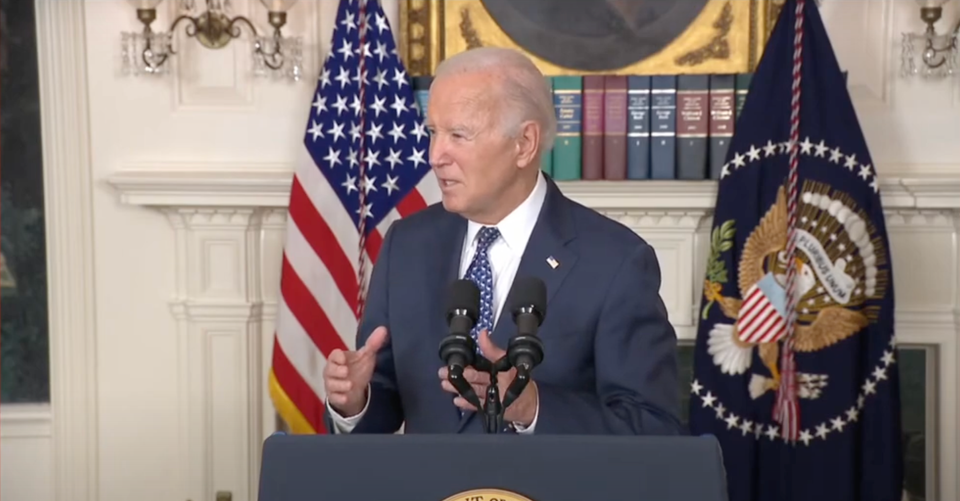A summit between President Biden and President Xi is expected tomorrow on the sidelines of the APEC Summit in California. The best outcome involves establishing 1. high-level open and constructive dialogue and 2. agreeing on mechanisms for crisis communication between the United States and China.
A popular generative artificial intelligence application has a few helpful suggestions on how to achieve the stated summit objective.
1. Establish Regular Channels of Communication:
- Diplomatic Dialogues: Schedule regular high-level diplomatic talks between representatives of both nations. These talks should cover a broad range of issues to foster understanding and address concerns.
- Bilateral Summits: Organize periodic bilateral summits between top leaders to discuss strategic issues, build personal relationships, and demonstrate a commitment to dialogue.
2. Create Crisis Communication Mechanisms:
- Hotlines: Establish direct communication hotlines between relevant government agencies or leaders to enable quick and secure communication during times of crisis. This can help prevent misunderstandings and de-escalate tensions.
- Crisis Response Teams: Develop crisis response teams that include diplomats, military representatives, and experts in various fields. These teams should be prepared to engage rapidly in the event of a crisis to facilitate communication and problem-solving.
3. Engage Track II Diplomacy:
- Non-Governmental Dialogues: Encourage Track II diplomacy involving non-governmental experts, academics, and former officials. These informal discussions can explore innovative solutions and build bridges between official dialogues.
4. Utilize International Organizations:
- Multilateral Forums: Use existing multilateral forums, such as the United Nations, to facilitate discussions on global issues. This can provide a neutral ground for dialogue and cooperation.
- Third-Party Mediation: Consider involving neutral third-party mediators or facilitators to assist in resolving disputes and fostering communication.
5. Promote Transparency:
- Information Sharing: Encourage both nations to share information transparently, especially on military activities and intentions. This can build trust and reduce the risk of misunderstandings.
- Joint Declarations: Explore the possibility of joint declarations or statements on key issues to clarify positions and reduce ambiguity.
6. Cultural and Educational Exchanges:
- People-to-People Programs: Facilitate cultural and educational exchanges to enhance mutual understanding among citizens. This can create a more positive atmosphere for diplomatic efforts.
- Public Diplomacy Campaigns: Conduct public diplomacy campaigns to inform the public about the importance of dialogue and cooperation between the two nations.
7. Regular Review and Evaluation:
- Diplomatic Assessments: Regularly assess the effectiveness of diplomatic efforts through diplomatic channels. Adjust strategies based on the outcomes of these assessments.
- Crisis Simulation Exercises: Conduct joint crisis simulation exercises to test communication mechanisms and crisis response procedures.
8. Confidence-Building Measures:
- Unilateral Gestures: Consider unilateral gestures that build confidence, such as transparency measures, goodwill initiatives, or joint projects that demonstrate a commitment to collaboration.
9. Strategic Patience and Long-Term Commitment:
- Long-Term Perspective: Understand that building trust and effective communication takes time. Approach the relationship with a long-term perspective and a commitment to sustained engagement.
By implementing these strategies, both nations can work towards a more stable and cooperative relationship, reducing the likelihood of destructive outcomes in their competition. Open, honest, and sustained communication is crucial for managing tensions and finding common ground.




